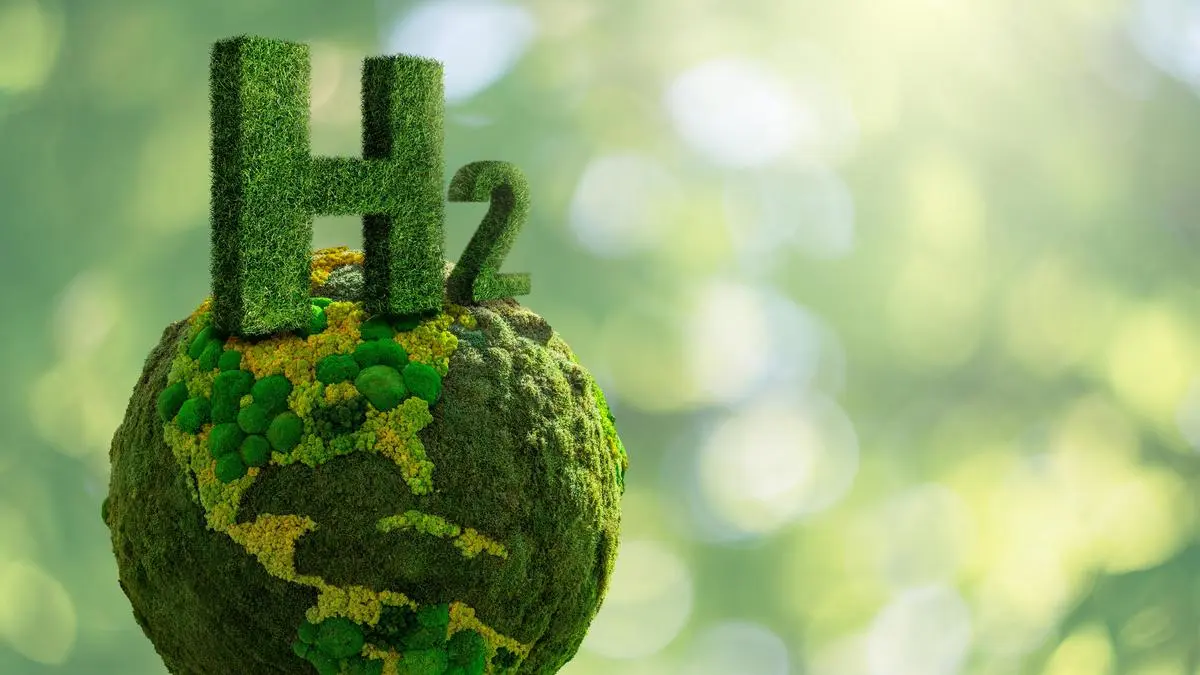Home / Environment / India Scales Back 2030 Green Hydrogen Goal Amid Global Policy Shifts
India Scales Back 2030 Green Hydrogen Goal Amid Global Policy Shifts
11 Nov
Summary
- India likely to miss 2030 goal of 5 million tonnes of green hydrogen
- Delays in clean fuel mandates cloud global hydrogen demand outlook
- India to focus on exports, with 70% of planned output destined for Europe, Japan, and South Korea

As of November 11th, 2025, India is facing challenges in meeting its ambitious 2030 goal of producing 5 million tonnes of green hydrogen annually. According to Santosh Kumar Sarangi, the secretary at the Ministry of New and Renewable Energy, a series of delays in clean fuel mandates has clouded the global hydrogen demand outlook, forcing Indian producers to stretch their project timelines to avoid oversupply.
The International Maritime Organization's recent decision to postpone a vote on requiring the global shipping industry to shift to green fuels has been a significant setback. Additionally, India had originally aimed to mandate the use of green hydrogen and ammonia by domestic industries to stimulate domestic demand, but this strategy was dropped after the costs proved prohibitive.
As a result, India now expects its green hydrogen production capacity to reach only 3 million tonnes by the end of the decade, with the 5 million tonne-per-year goal likely to be achieved by 2032. Interestingly, about 70% of the planned output is expected to be exported to key markets like Europe, Japan, and South Korea, while the remaining portion is expected to be consumed mainly by domestic fertilizer makers and oil refineries.
Despite these challenges, India is still on course to become a major global producer of green hydrogen and is actively building the required infrastructure for transporting the fuel. The government is also reviewing nearly 44 gigawatts worth of planned renewable energy projects that have yet to sign offtake agreements, with the aim of shelving those that are no longer feasible.




